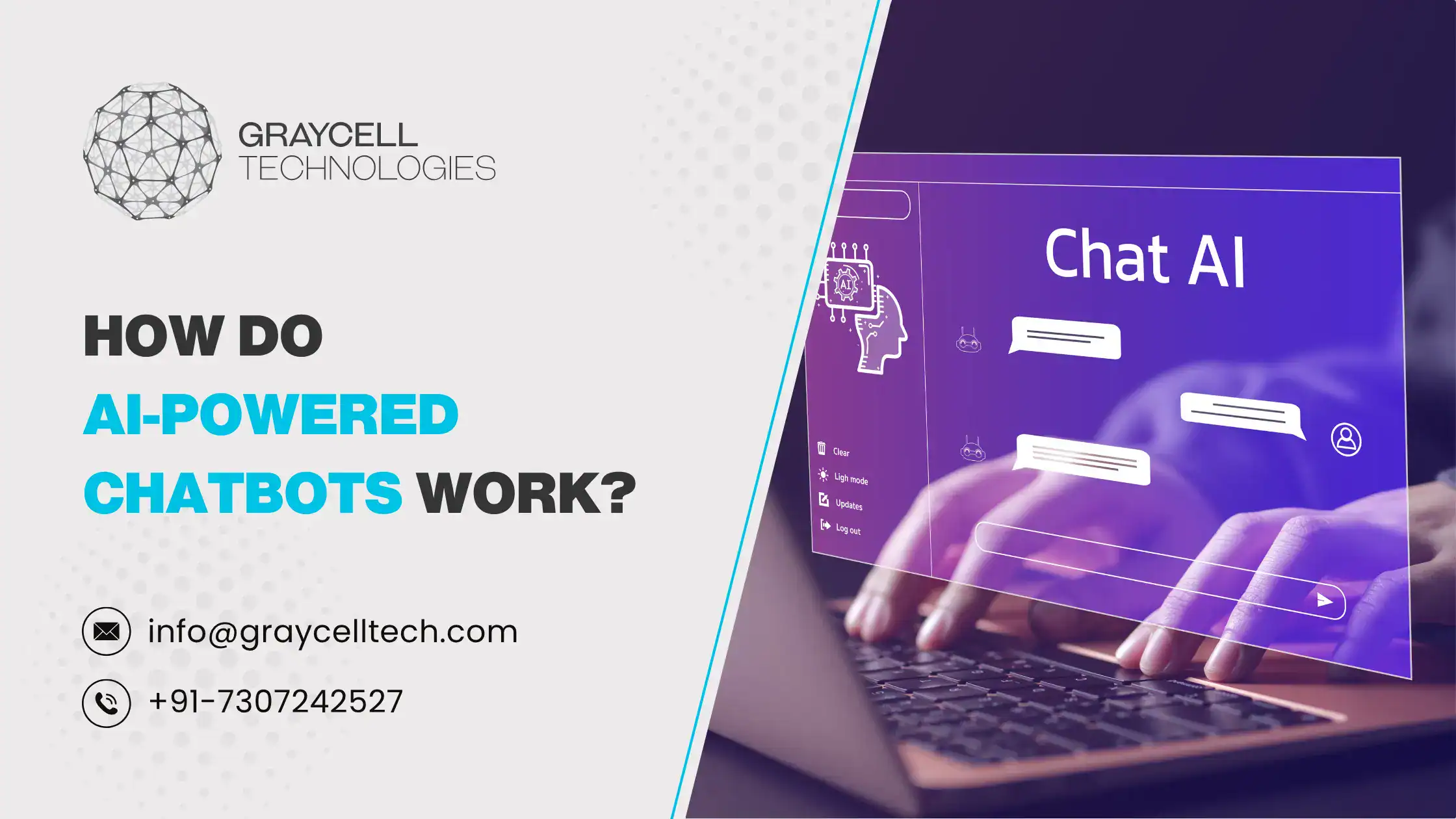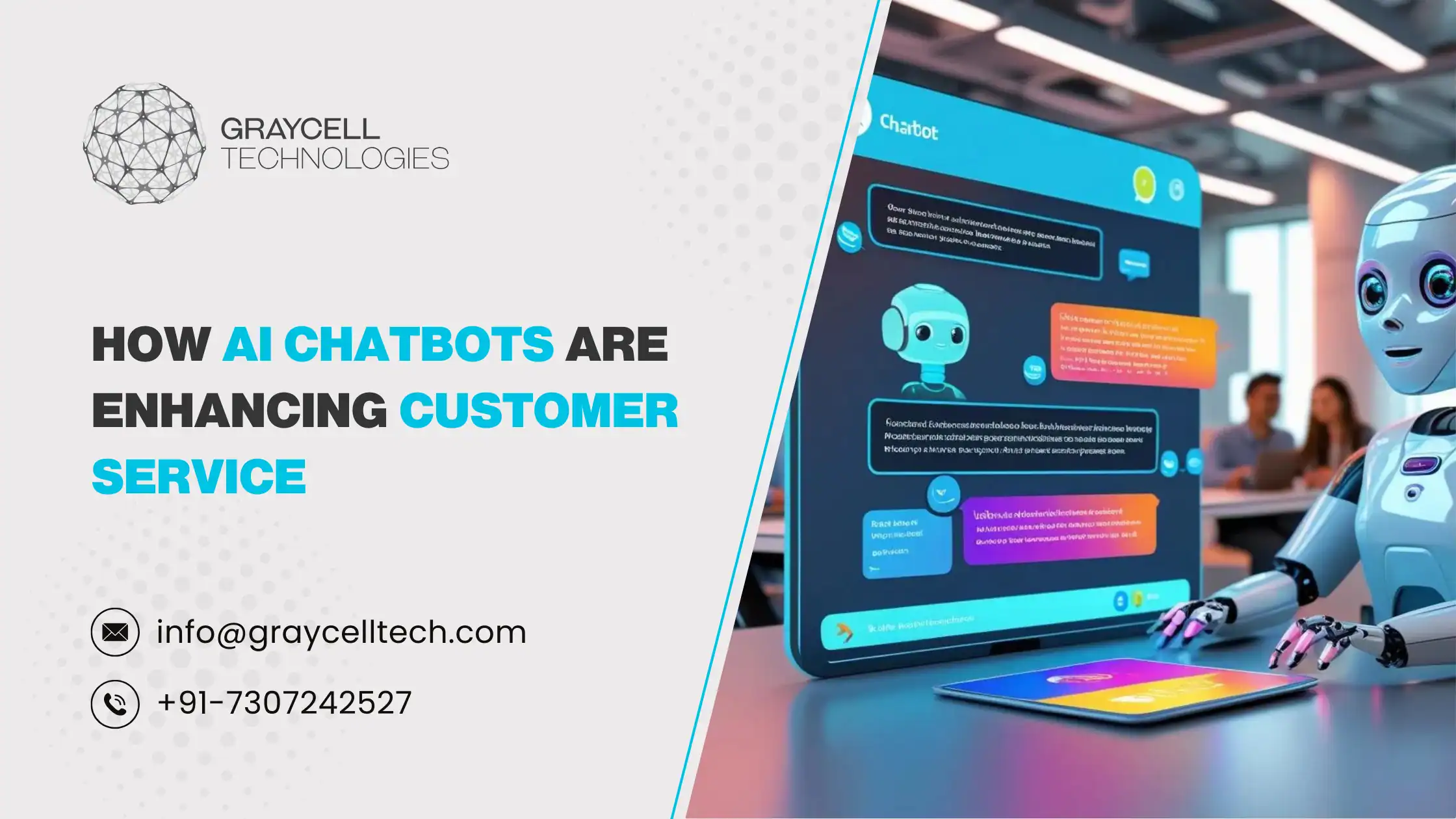Building a Minimum Viable Product (MVP) is crucial for any startup or new project. An MVP allows you to test your idea with minimal resources and gather valuable feedback. However, one of the first decisions you’ll face is choosing between No-Code platforms and Custom Development.
In this blog, we’ll break down the pros and cons of each approach to help you make an informed decision.
What is an MVP?
Minimum Viable Product (MVP) is a simplified version of your product that includes only the essential features needed to validate your idea. The primary goal of an MVP is to validate the product concept, gather user feedback and make improvements without a significant investment of time and money. By focusing on the core features, companies can identify what works and what needs adjustment. This approach helps save resources and reduces the risk of developing a product that might not meet market needs.
- 60% of startups fail due to a lack of market demand Source. – CB Insights
An MVP can help you avoid this by validating your idea with real customers before investing too much time and money into development.
- Only 8% of new products are successful according to a Product School study.
An MVP can help you increase your chances of success by ensuring that you build a product that people want.
What is No-Code?

No-code platforms allow you to build applications without writing any code. These tools provide a user-friendly interface where you can drag and drop elements to create your MVP.
Benefits of No-Code Development
- Speed: No-code platforms enable you to build your MVP much faster than traditional development. This is because you don’t have to write code from scratch.
- Cost-Effective: The initial costs are lower since you don’t need to hire developers. Most No-Code tools offer affordable pricing plans.
- Accessibility: No-Code is perfect for non-technical founders who want to bring their ideas to life without learning to code.
- Flexibility: You can quickly make changes to your MVP based on user feedback without waiting for a developer to implement them.
Limitations of No-Code Development
- Scalability: No-code platforms might not handle large-scale applications well. As your user base grows, you may encounter performance issues.
- Customization: No-code tools can be limiting in terms of customization. If you need a highly specialized feature, it might not be possible without coding.
- Integration: Integrating with other systems and tools can sometimes be challenging with No-Code platforms.
What is Custom Development?

Custom Development involves hiring developers to build your MVP from scratch. This approach provides complete control over the design and functionality of your product.
Benefits of Custom Development
- Full Customization: You can create any feature you envision, tailored to your specific needs.
- Scalability: Custom-built applications are generally more scalable. They can handle a growing user base and increased complexity.
- Integration: It’s easier to integrate with other systems and APIs, providing a seamless experience for your users.
- Unique Branding: You have full control over the design, allowing you to create a unique brand identity.
Limitations of Custom Development
- Cost: Custom Development is usually more expensive. You need to budget for developer salaries, project management, and other related expenses.
- Time-Consuming: Building an MVP from scratch takes longer compared to No-Code platforms. This can delay your launch and feedback cycle.
- Dependency on Developers: You’ll rely heavily on your development team for making changes and updates, which can slow down iterations.
Choose No-Code If:
- You need to launch quickly and on a tight budget.
- Your MVP has standard features that don’t require extensive customization.
- You’re a non-technical founder who wants to maintain control over the development process.
Choose Custom Development If:
- You need a highly customized product with unique features.
- Scalability is a priority from the start.
- You have the budget to hire a development team and want full control over the design and functionality.
Both No-Code and Custom Development have their advantages and limitations. By understanding these, you can choose the best approach for your MVP, allowing you to test your idea.
Final Thoughts
Building an MVP is an exciting journey. Whether you choose No-Code or Custom Development, the key is to stay focused on your core idea and gather as much user feedback as possible. This will help you refine your product and increase your chances of success. By considering the pros and cons of No-Code and Custom Development, you can make a more informed decision that aligns with your goals and resources. Happy building!








